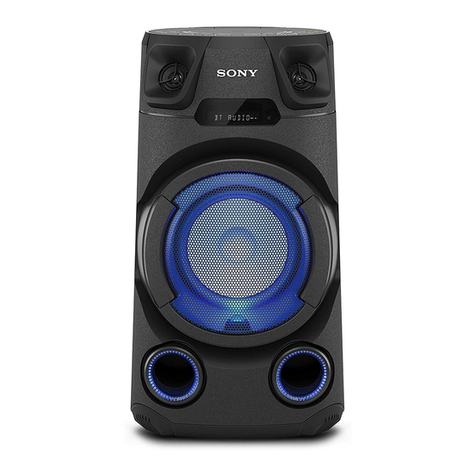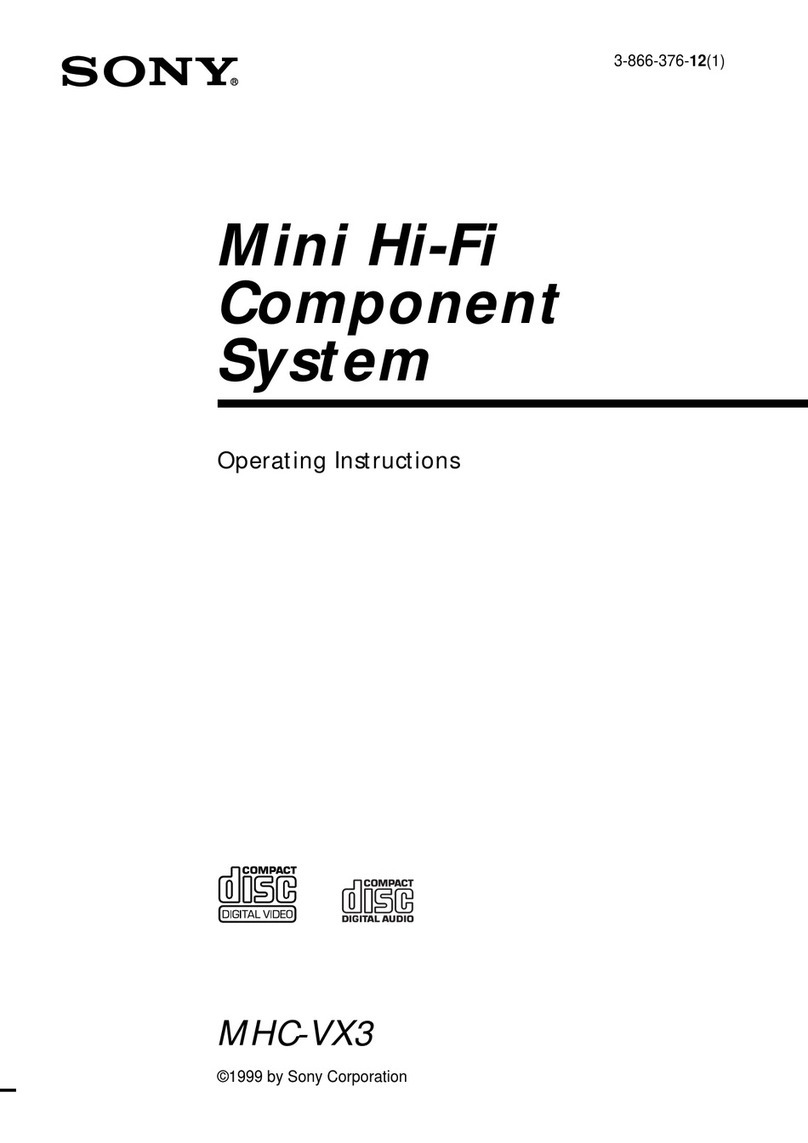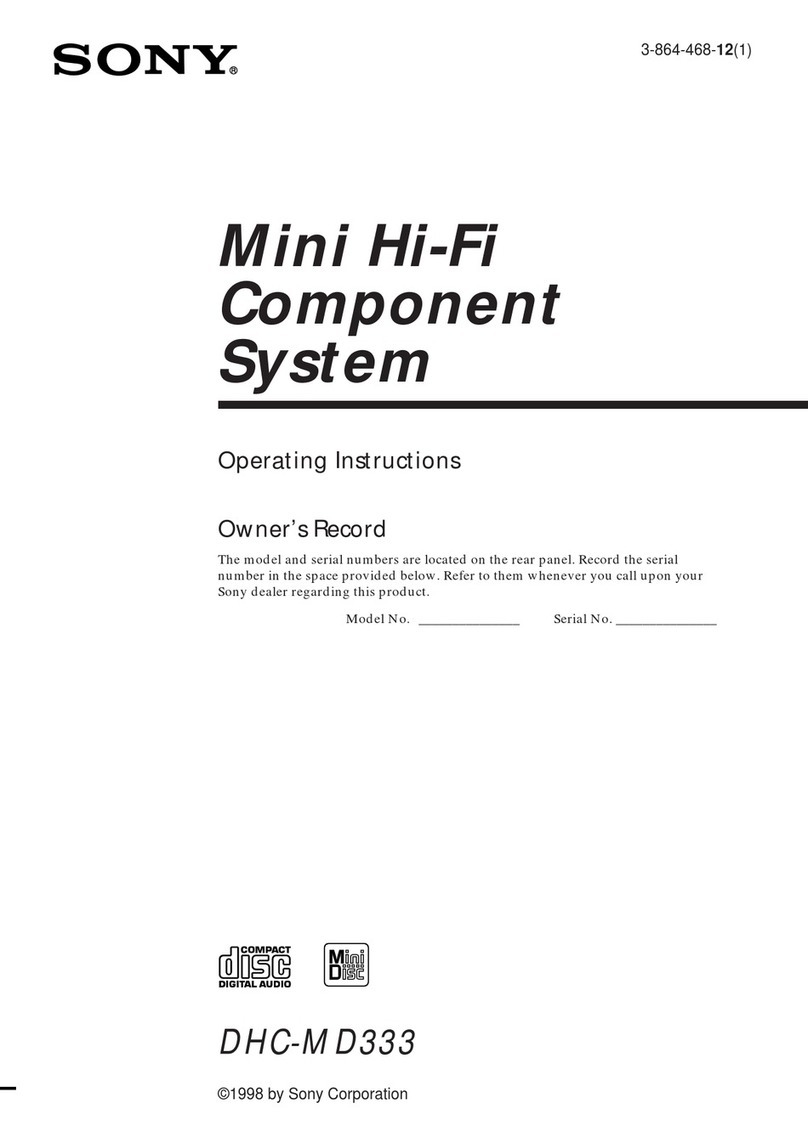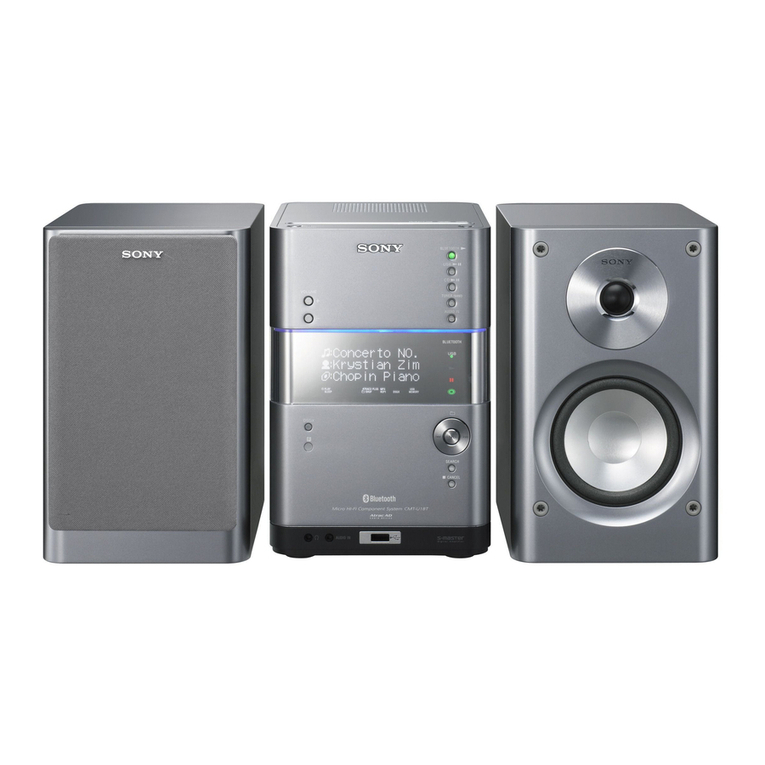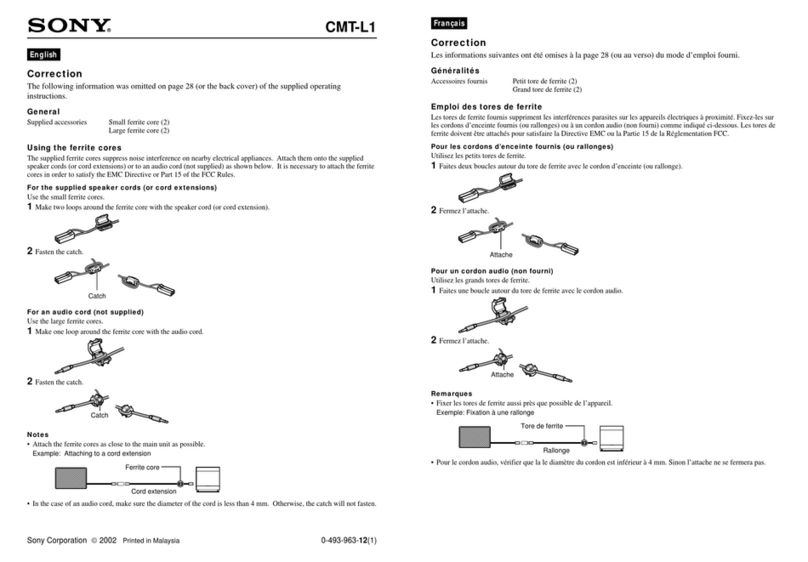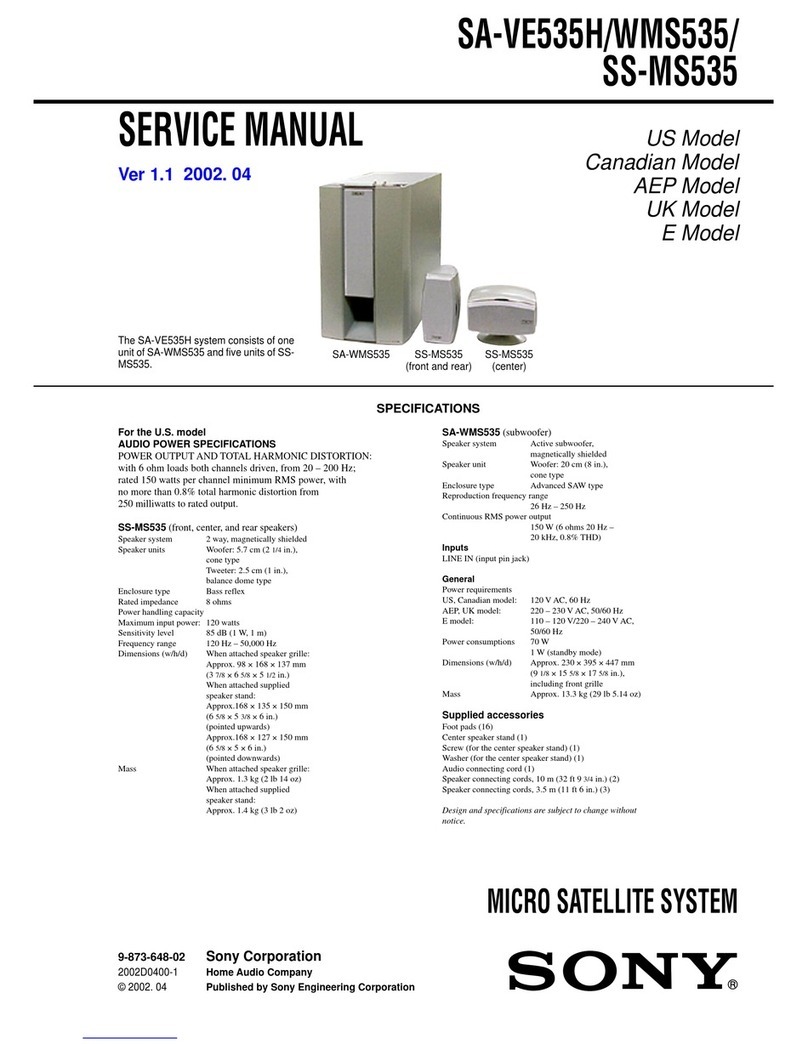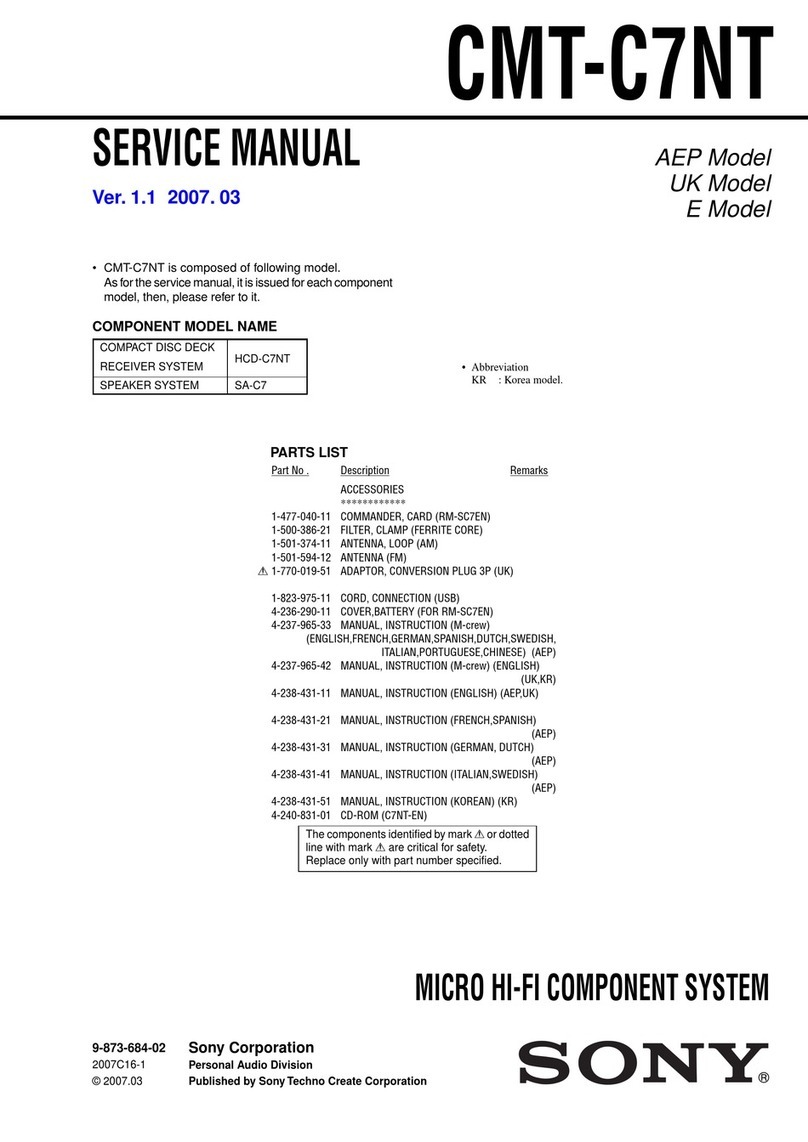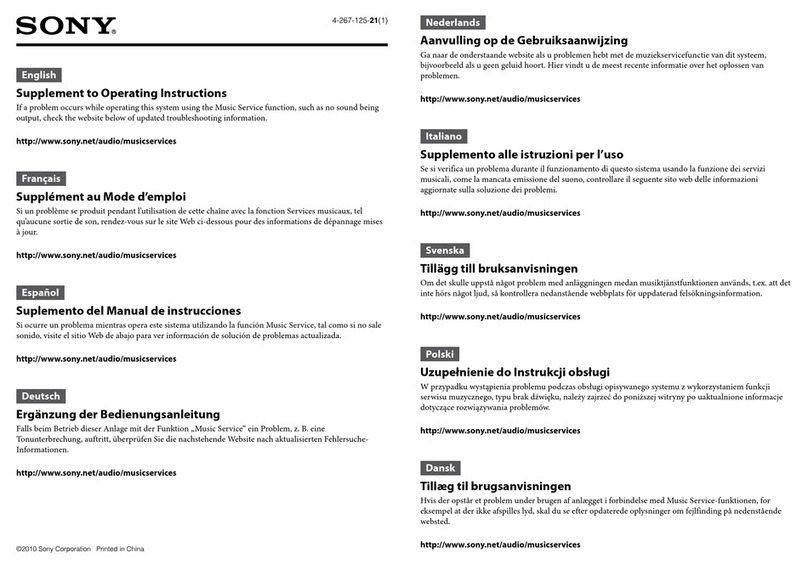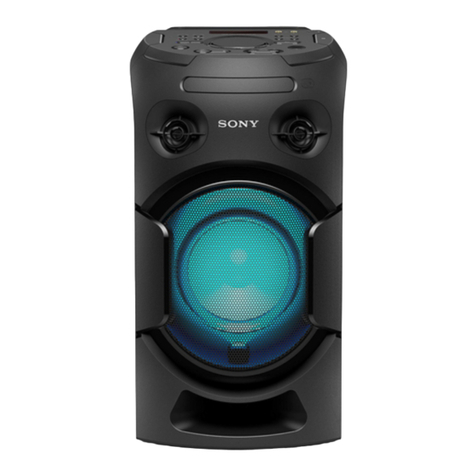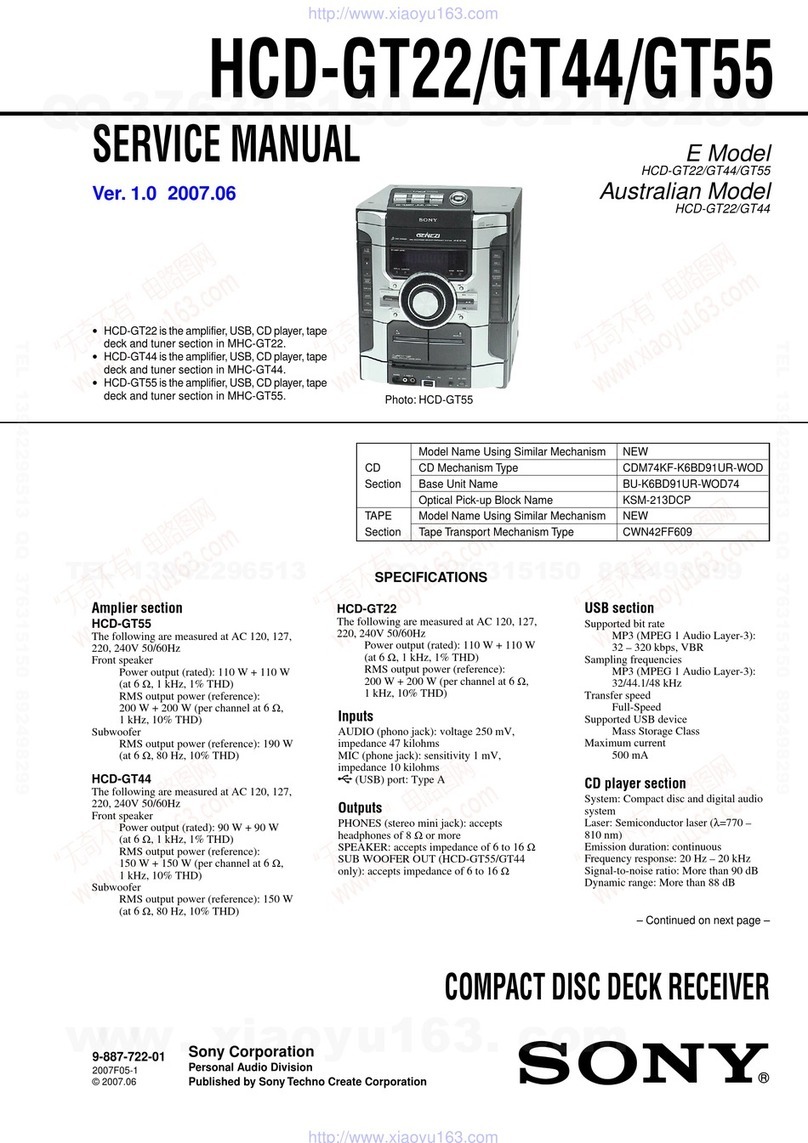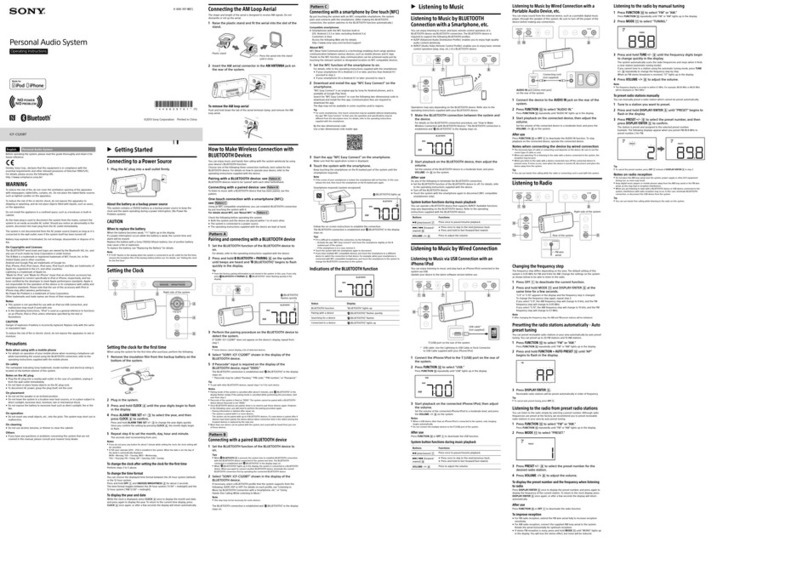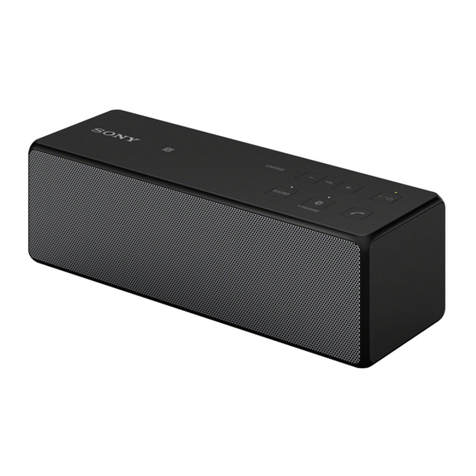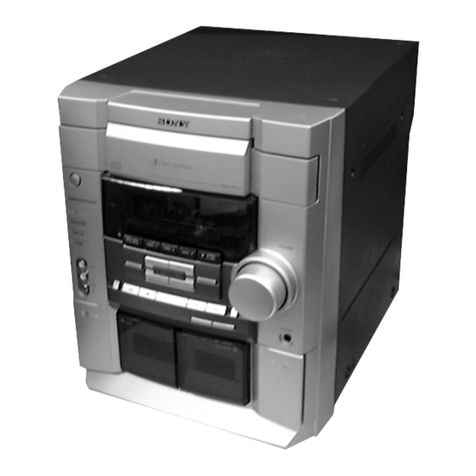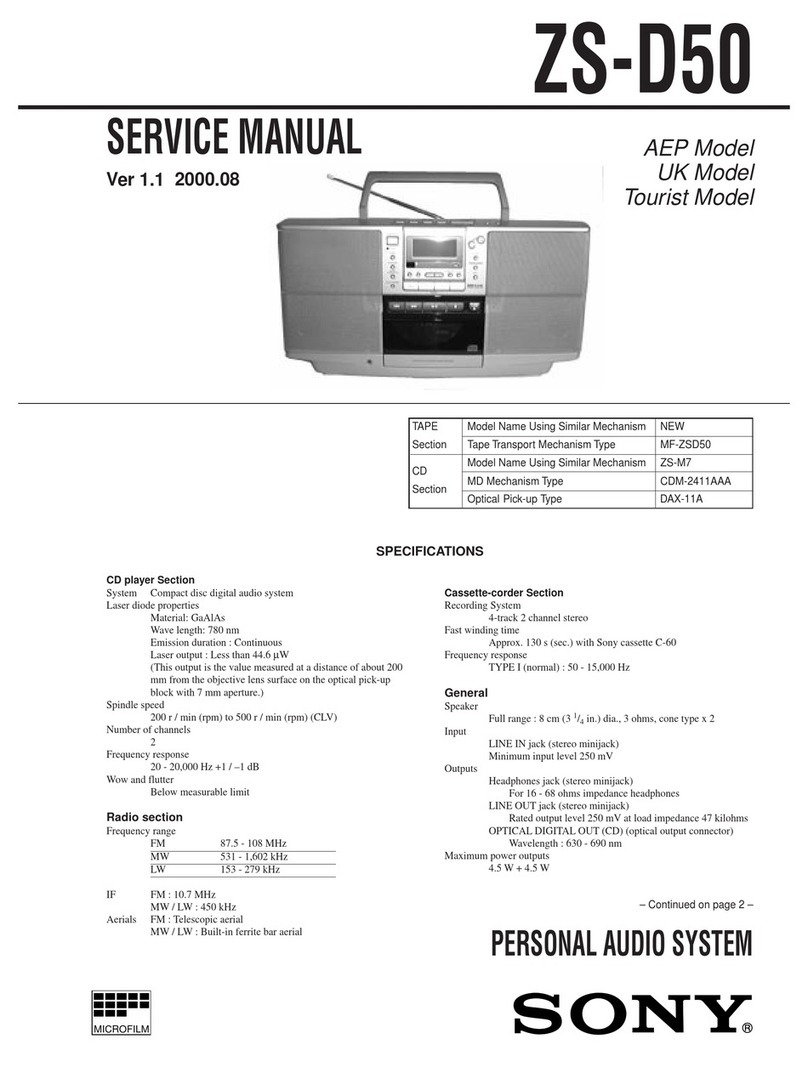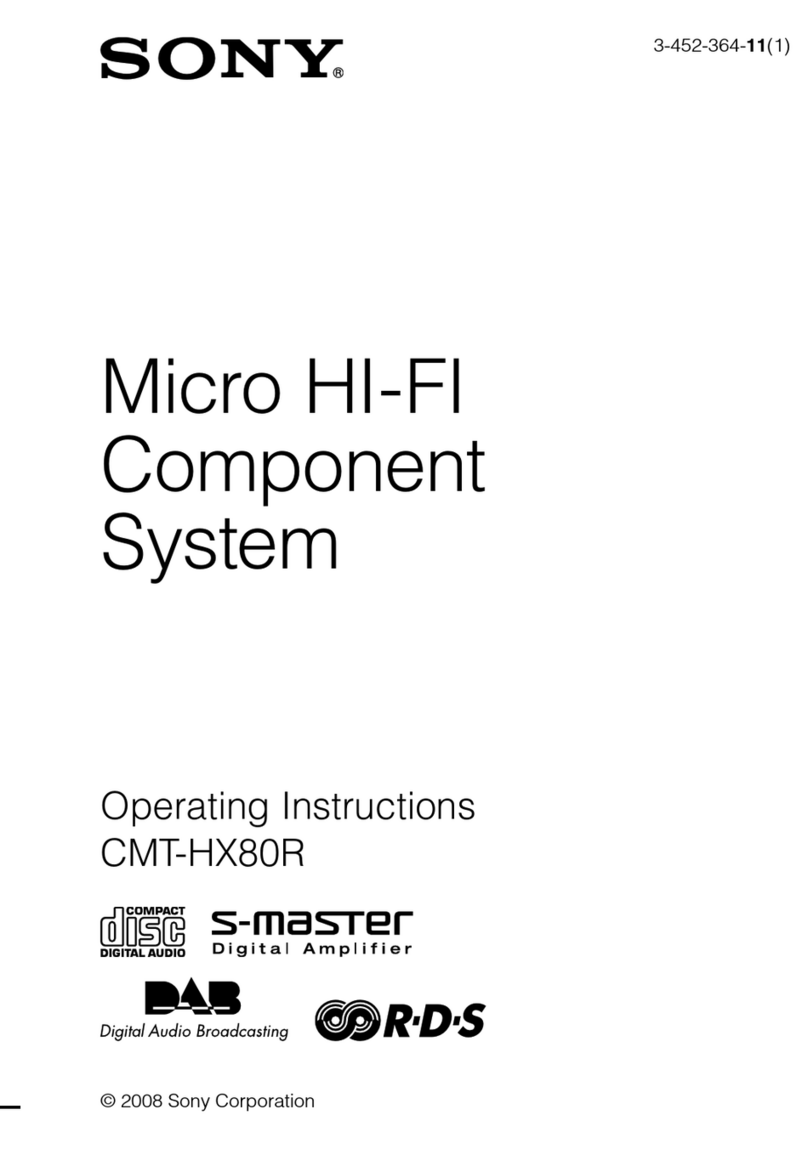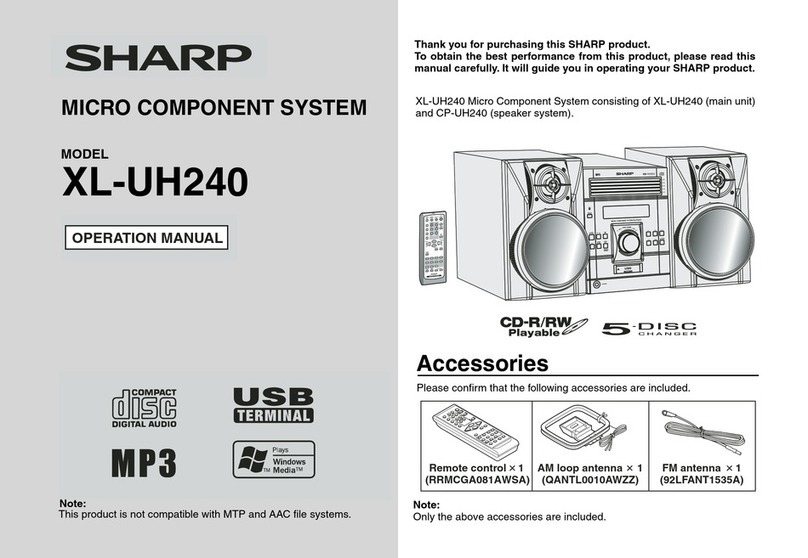– 15 –
SECTION 4
TEST MODE
4-1. PRECAUTIONS FOR USE OFTEST MODE
1. As loading related operations will be performed regardless of
the test mode operations being performed, be sure to check that
the disc is stopped before setting and removing it. Even if
the §(MD) button is pressed while the disc is rotating during
continuous playback, continuous recording, etc., the disc will
not stop rotating. Therefore, it will be ejected while rotating.
Be sure to press the §(MD) button after pressing
the ^(CD) button and the rotation of disc is stopped.
2. The erasing-protection tab is not detected in the test mode.
Therefore, operating in the recording laser emission mode and
pressing the rREC button, the recorded contents will be
erased regardless of the position of the tab. When using a disc
that is not to be erased in the test mode, be careful not to enter
the continuous recording mode and traverse adjustment mode.
But “CREC MODE”, “EF MO CHECK” and “EF MO AD-
JUST” is detect the erasing-protection tab and recording laser
power off.
4-1-1. Recording Laser Emission Mode and Operating
Button
1. Continuous recording mode (CREC MODE)
2. Traverse adjustment mode (EF MOADJUST)
3. Laser power adjustment mode (LDPWR ADJUST)
4. Laser power check mode (LDPWR CHECK)
5. When pressing the rREC button.
6. Traverse checking mode (EF MO CHECK)
4-2. SETTINGTHETEST MODE
With the power supply to the set in OFF (standby) status, while
pressing the PLAY MODE button and ^(MD) button simul-
taneously, then release the button.
4-3. RELEASINGTHETEST MODE
Press the REPEAT button, and the power is turned OFF (standby
status), and the set becomes ready for normal operation.
4-4. BASIC OPERATIONS OFTHETEST MODE
All operations are performed using the VOLUME knob button,
p(CD) button, and ^(CD) button. The functions of these
buttons and knob are as follows.
Table 4-1.
4-5. SELECTINGTHETEST MODE
Thirteen test modes are selected by turn VOLUME.
Table 4-2.
• For detailed description of each adjustment mode, refer to the “5.
ELECTRICAL ADJUSTMENTS”.
• Ifa differentadjustmentmodehasbeenselectedby mistake, press
the ^(CD) button to exit from it.
*1: The EEP MODE, Scurve CHECK, MANUAL CMD VERIFY
MODE, SLED MODE, ACCESS MODE, 0920 CHECK,
WRITE sure?, HEAD ADJUST and SVDATA READ are not
used in servicing. If set accidentally, press the ^(CD) but-
ton immediately to exit it.
Display Contents
TEMP CHECK Temperature compensation offset check
LDPWR CHECK Laser power check
EF MO CHECK Traverse (E-F balance) check
EF CD CHECK Travers (Pre mastered disk) check
FBIAS CHECK Focus bias check
CPLAY MODE Continous playback mode
CREC MODE Continous recording mode
Scurve CHECK S-curve check (*1)
VERIFY MODE Non-volatile memory check (*1)
DETRK CHECK Detrack check
TEMPADJUST Temperature compensation offset adjustment
LDPWR ADJUST Laser power adjustment
EF MO ADJUST Traverse (E-F balance) adjustment
EF CD ADJUST Traverse (Pre mastered disk) adjustment
FBIAS ADJUST Focus bias adjustment
EEP MODE Non-volatile memory mode (*1)
MANUAL CMD Manual command transfer mode (*1)
SVDATA READ Data reading out mode (*1)
ERR DP MODE Operation of error histories memory
SLED MOVE Operation of sled moter (*1)
ACCESS MODE Access check (*1)
0920 CHECK Outermost periphery check (*1)
WRITE sure? Non-volatile memory initialize
HEAD ADJUST HEAD adjustment check (*1)
CPLAY2MODE Continous playback mode
CREC2MODE Continous recording mode
Button & Knob Function
VOLUME knob Changes parameters and modes.
p(CD) button Proceeds onto the next step.
Finalizes input.
^(CD) button Returns to previous step.
Stops operations.
